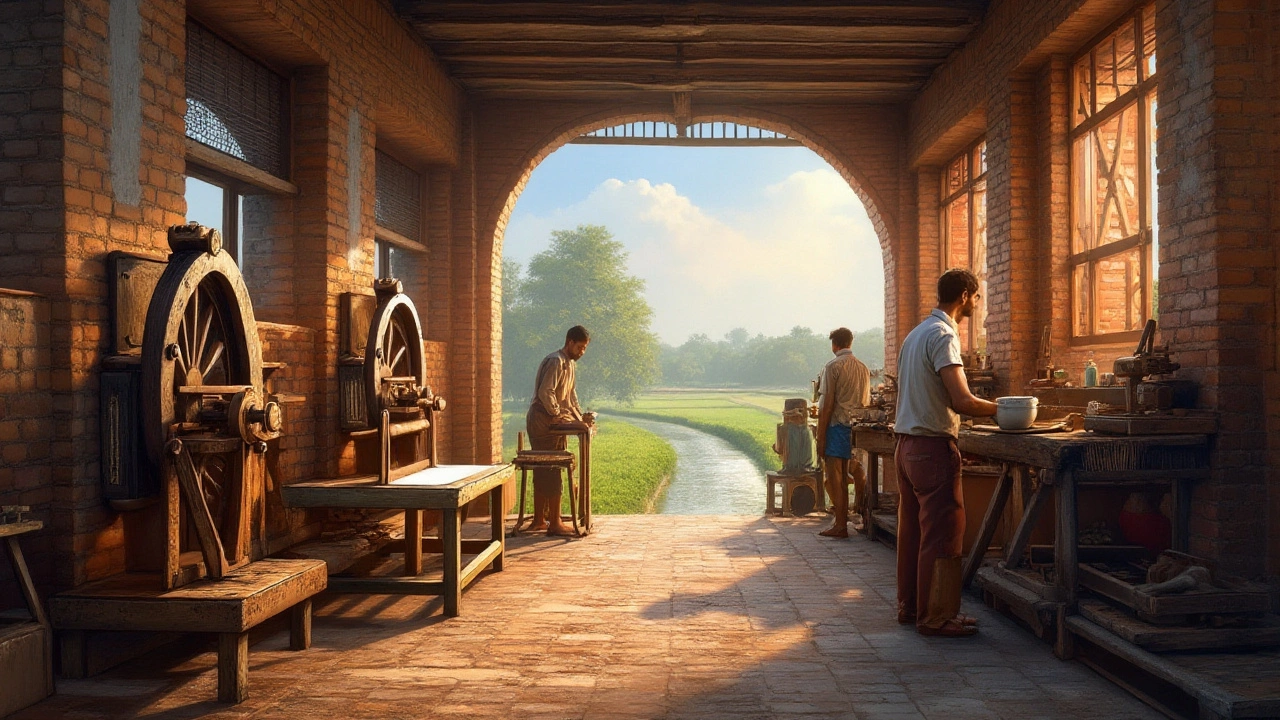Fabric Manufacturers: How to Find Reliable Suppliers and Keep Up with Trends
If you’re looking for fabric, the first step is knowing who actually makes it. Fabric manufacturers range from huge mills in Gujarat to small workshops in Tamil Nadu. Each one has its own strengths – some specialize in cotton, others in synthetic blends, and a few excel at eco‑friendly processes. Knowing these differences helps you match the right producer to your project.
What to Check Before You Commit
First, ask for samples. A real‑world piece shows the true feel, weight, and colorfastness – things you can’t judge from a catalog. Second, verify capacity. A supplier that can only produce a few thousand meters a month might struggle with a big order, causing delays. Third, look at certifications. ISO, GOTS, or Oeko‑Tex labels tell you the mill follows quality and environmental standards.
Don’t forget to peek at their track record. A quick online search for reviews or client testimonials reveals whether they deliver on time and handle problems well. If a mill has worked with well‑known brands, that’s a good sign they can meet strict safety and consistency demands.
Cost Factors Every Buyer Should Know
Fabric prices aren’t just about the raw material. Labor costs, energy usage, and even the location of the mill affect the final number. For example, factories in industrial zones near ports often have lower shipping fees, which can shave 5‑10 % off your bill. On the other hand, mills that invest in advanced looms may charge more but deliver tighter weave and less waste.
Don’t overlook hidden fees. Custom duties, import taxes, and quality‑inspection charges can add up quickly, especially if you source from abroad. Ask the supplier for a detailed cost breakdown so you can compare apples to apples.
When budgeting for a new textile factory, consider land cost, machinery, and regulatory expenses. A recent study shows that setting up a mid‑size textile unit in India can run between ₹2 crore to ₹5 crore, depending on the technology level and location. Planning ahead for these numbers saves you from nasty surprises later.
Finally, stay on top of market trends. Sustainable fabrics like organic cotton and recycled polyester are gaining momentum, and many manufacturers are adding eco‑certifications to attract environmentally‑aware buyers. Keeping an eye on these shifts helps you choose a partner who can evolve with market demand.
In short, picking the right fabric manufacturer means doing a bit of homework: request samples, check capacity, verify certifications, understand total cost, and watch for emerging trends. With these steps, you’ll find a supplier that fits your quality needs and budget, and you’ll be ready to bring your fabric projects to life.

Exploring Ahmedabad: The Heartbeat of India's Textile Industry
Ahmedabad, often dubbed the 'Manchester of India,' is renowned for its thriving textile industry. The city's historical significance dates back to the British colonial period, where it became a hub for textile production due to its strategic location and abundant resources. Today, Ahmedabad boasts a rich tapestry of both traditional and modern manufacturing practices, making it a key player in the global textile market. This article delves into the past, present, and future of Ahmedabad's textile scene, highlighting significant contributors and innovations.
